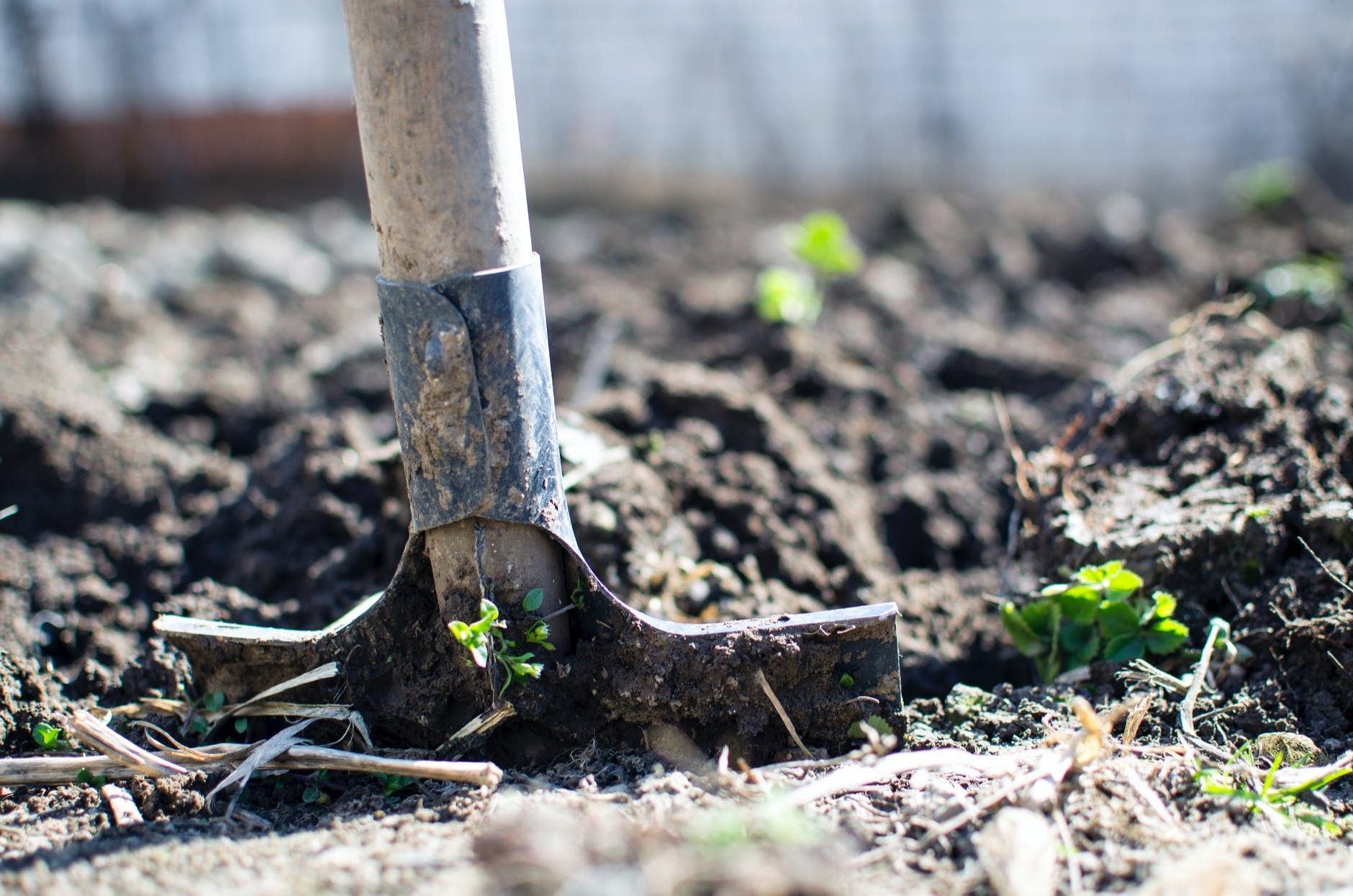Denver Tree Service Company Answers Your Questions About Planting Trees
Trees are more than just part of the natural landscape. Not only do they add to the beauty of the world, but they absorb carbon dioxide and produce breathable air. They also provide shelter for wildlife, filter air pollution, and provide shade to help keep us cool, which conserves energy and saves us money.
Many people don’t know much about trees other than that, so here your Denver tree service company answers some of the most common questions we get about trees.
#1—What is a shade tree?
When people call a tree a shade tree, they are usually referring to a medium or large tree that has a spreading canopy. This canopy is what provides the shade. If you plant a shade tree strategically, you can lower cooling costs on your home during hot Colorado summers. In the winter, these trees will lose their leaves, so the sunlight can get through to help warm your home.
#2—What is an ornamental tree?
Ornamental trees are generally 25 feet tall or shorter. They often have pretty flowers or other features that make them nice to look at.
#3—How far apart should I plant trees?
The following are some guidelines for planting trees in your yard:
- Plant on the east or west side of your home so you can maximize shade cover as well as energy savings.
- Plant medium or large trees that are 30 feet or larger when mature at least 20 feet away from any overhead power lines.
- Keep at least 15 feet of space between trees and buildings.
- Keep at least 35 feet of space between a large tree and a new tree. For smaller trees, 25 feet of space is usually adequate.
- Plant trees at least 5 feet away from underground utility lines. Be sure to call to get your underground utilities marked aboveground. This is a service that is provided for free.
#4—What tools do I need to plant a tree properly?
The following tools are essential for proper tree planting:
- Shovel
- Utility knife or scissors
- Access to water via a hose or a bucket
- Mulch
Other tools that can come in handy include a tarp, where you can put the dirt you dig up, and a pickaxe to get through hard soil.
#5—Can I dig the hole for my tree ahead of time?
Although it is tempting to dig your hole before you get the tree, you shouldn’t do it. You won’t be able to predict the size of the rootball of the tree before you see the tree. You want to ensure that your hole is the correct size for the rootball—and you also want to make sure you don’t plant the tree in too deep a hole. This can shorten the lifespan of the tree
If you want to add some trees to your Denver yard, contact Root Tree Service. We have the tools and knowledge to ensure your trees are planted properly. We can also take care of the trees already in your yard. We are family-owned and -operated and have been caring for trees along the Front Range for many years. Contact us today!
